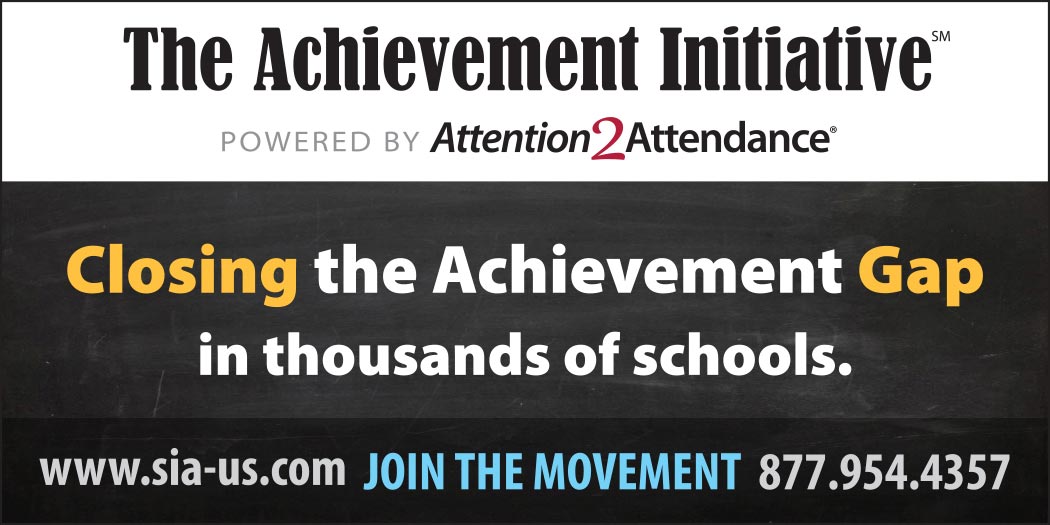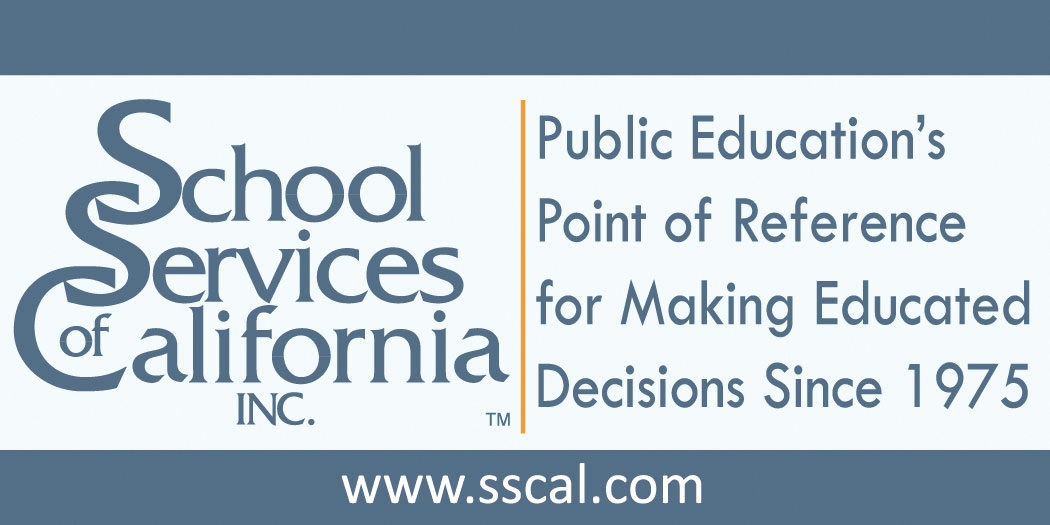

Beneath the fanfare of LCFF hitting its funding target two years ahead of schedule lies a budget that is sturdy for K-12 education, but still will leave California in the bottom tier nationally for education funding.
- Visit www.csba.org/Newsroom for links to digital versions of current and past issues of California School News.


Neither law changes the existing processes for boards to create a student board member position, nor does either law require boards to create a student board member position if such a position does not already exist. Further, both laws apply only to public votes and public information — neither law applies to closed session votes or materials used in closed sessions.

Troy Flint | tflint@csba.org
Managing Editor:
Kimberly Sellery | ksellery@csba.org
Marketing Director:
Serina Pruitt | spruitt@csba.org
Staff Writers and Contributors:
Hugh Biggar | hbiggar@csba.org
Aaron Davis | adavis@csba.org
Corrie Jacobs | cjacobs@csba.org
Graphic Design Manager:
Kerry Macklin | kmacklin@csba.org
Senior Graphic Designer:
Carmen Rodriguez | crodriguez@csba.org
Mike Walsh | Butte COE
President-elect:
Emma Turner | La Mesa-Spring Valley SD
Vice President:
Xilonin Cruz-Gonzalez | Azusa USD
Immediate Past President:
Susan Henry | Huntington Beach Union HSD
CEO & Executive Director:
Vernon M. Billy
News and feature items submitted for publication are edited for style and space as necessary.


With roughly 5,100 individuals assuming that governing role, it seems very appropriate that we started the year by celebrating January as School Board Recognition Month — not necessarily because of the work that has already been done, although the importance of that can never be overstated, but because of the enormity of the work that is about to be done. I see it as a thank you statement in advance. Thank you for setting the direction and giving your guidance to the staff so that they can set about the work of creating schools that best represent the vision of the local community.

In January, the State Board of Education heard feedback about the California School Dashboard — an online tool that shows how schools and districts are performing. The state says it’s “the next step in a series of major shifts in California K-12 schools, changes that have raised the bar for student learning, transformed testing and placed the focus on equity for all students.”
Growing evidence points to a positive relationship between education funding and improved student outcomes, particularly for students from low-income households. Multiple studies have shown that economically disadvantaged students who attend well-resourced schools demonstrate greater academic achievement than similar students in schools with fewer resources. Yet California has not responded to this evidence with an adequate investment in education to meet the needs of its students.
The March 15 notice is a formal, written announcement from a school district to administrators, certificated employees and others — required by Education Code section 44949 — informing them that they may be released, demoted or reassigned for the following school year beginning July 1. Before March 15, the district board must adopt a resolution stating that services are to be reduced and/or discontinued and that it is necessary to reduce the staff, specifying the extent of the reduction. The resolution must also direct the superintendent to notify affected employees.
The notice must advise the employee that the superintendent has recommended to the board that the employee be notified that his or her services will not be required for the following year, the reasons for the recommendation and the employee’s right to request a hearing to determine whether there is cause for the action (this must be done within seven days of receiving the notice, unless the notice specifies a later date). The notices must be delivered personally or mailed by certified mail, return receipt requested. See Education Code section 44949 for further details concerning the content of the notice.
If there are any appeals, the proposed decision of the administrative law judge must be delivered to the board or county superintendent no later than May 7. A copy of the proposed decision must be sent to all affected employees. Before May 15, the board must adopt a final decision regarding laying off employees effective for the following school year.

At the January SBE meeting, board members instead said they would provide the federal government with more information on how the state’s new accountability system, the California School Dashboard, works to “clarify the issues raised.” The system tracks progress by school districts. Board members also stressed more patience as the Dashboard continues to evolve.
The DACA program began in 2012, when the United States began offering undocumented immigrants who were brought to the U.S. as children, and who met a series of eligibility requirements, work authorization and a renewable two-year reprieve from deportation. Nearly 800,000 people were granted approval under the DACA program.
In order to qualify for the program, individuals needed to be under the age of 31 as of June 15, 2012, have arrived in the U.S. before they were 16 years old, have continuously resided in the U.S. since 2007, have virtually no criminal record, and be either currently enrolled in school, have graduated from high school, obtained a General Equivalency Diploma or be an honorably discharged military veteran.
MIG Courses
2018 The Brown Act
2018 Institute for New and First Term Board Members
MIG Course 5
MIG Courses
MIG Courses
County Board Advanced Governance Workshop







